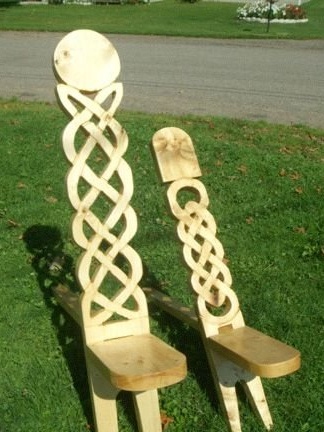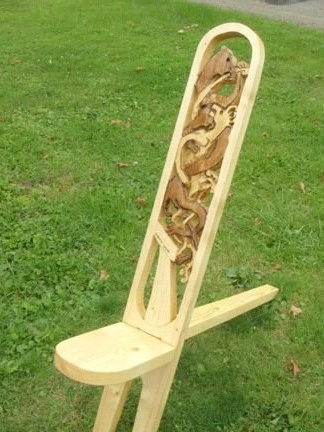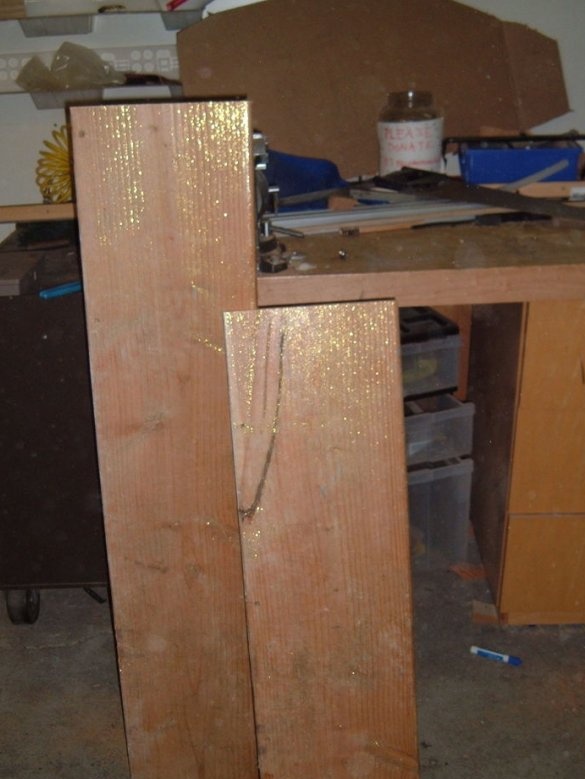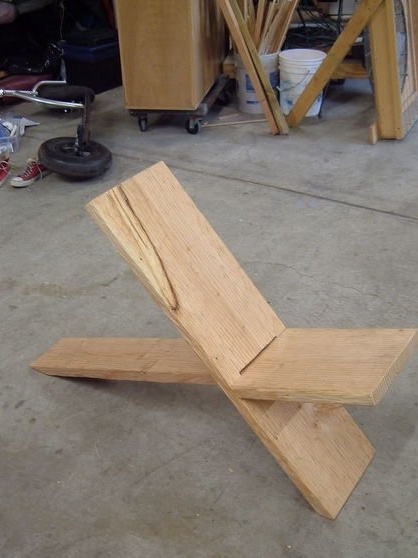
It is believed that seats of this design went from the time of the Vikings. Indeed, with its appearance such a chair does not allow to doubt its reliability, despite its simplicity. By the same principle, you can make and not at all easy to finish the chair - it all depends on the desire and skill of the master.
To make an easy-to-manufacture and durable-to-use chair, the author needed the following materials and tools:
- two boards with a length of 1 m and 1 m 30 cm, a thickness of 40 mm, a width of 30 cm;
- carpentry tools,
- tape measure, square, pencil
Step 1.
On a board with a length of 1 m 30 cm, you need to deviate from one of the ends of 40 cm. From the mark on each of the long sides of the board, a section of 5 cm wide is cut for the entire remaining length. It will be a seat with a back support of a chair.
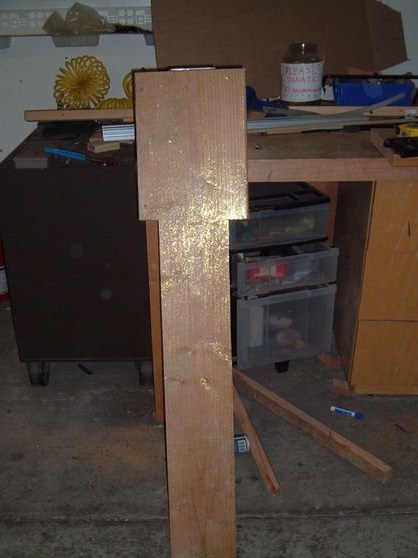
Step 2
On the second board, you need to step back from the edge of 40 cm and, having attached the end of the board from the side of the back support of the chair, outline a rectangular hole. Next, the hole is cut out.
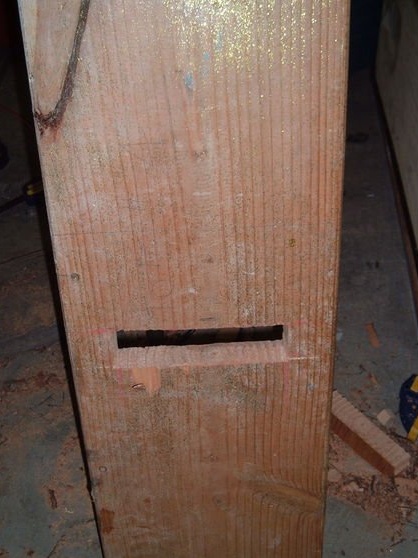
Step 3
A board with a narrow side seat is inserted into the hole.
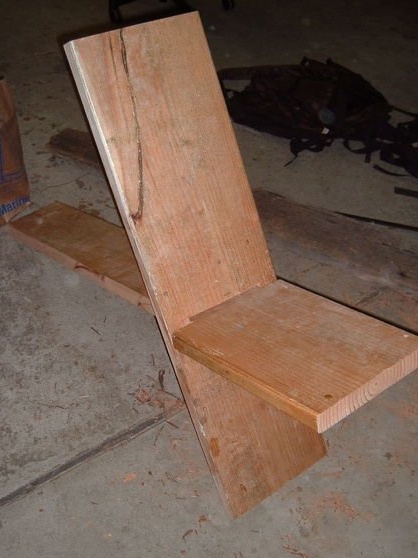
Further boards are more densely adjusted. To do this, the cutting angle is indicated on the board with the seat. By cutting a board is sawn off.
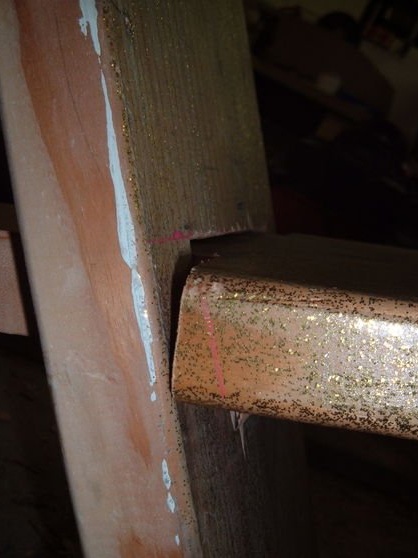

All parts of the chair are carefully processed and ground. When using the chair in the open air and for its longer use, all parts of the chair are treated with impregnation, primers, and painted at will.
The sizes given in the article are not categorical. You can make a chair of a different height, a different angle of inclination of the back, or make a carved back and modify the supporting parts of the boards.
